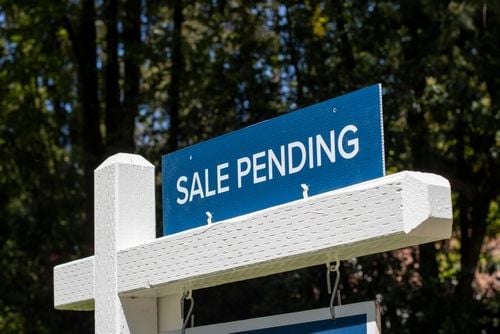A new report by Realtor.com reveals that the U.S. is undergoing a housing deficit that's impacting the real estate market, and the solution touted by President Donald Trump might not profoundly affect the situation. Trump has suggested utilizing some of the millions of acres of federal land for housing construction, a proposal currently under examination by federal agencies. Elevated mortgage rates and decreased inventory levels are the primary drivers of the increasing prices in a market that has nearly become unreachable for most Americans.
However, the Realtor.com report highlights that around 10 million acres would be required to build the nearly 4 million homes needed to address the housing shortfall in the U.S. Unfortunately, there isn't sufficient land in the areas that need it the most.
"Using federal land for housing development might marginally increase supply in parts of the West, but it's no magic solution. The gravest shortages are in areas like the Northeast, where developable federal land is virtually nonexistent," stated Realtor.com's Chief Economist Danielle Hale.
While offering more land could assist in some regions, such as Las Vegas, there isn't enough federal land in and around most major cities to significantly address the housing deficiency. For example, over 1 million acres of federal land would be needed to satisfy the housing demand of Chicago's Cook County, over 2 million acres in Houston's Harris County. Manhattan, with its dense population, would require 62,000 acres of federal land to solve its housing shortage.
States with considerable federal land, like Nevada, Arizona, and Montana, either have sufficient housing already or lack the infrastructure, jobs, or population to sustain new development.
"Although repurposing federal lands for housing is one of many potential solutions, addressing the housing crisis effectively needs aligning supply with actual demand," said Hale. "That involves promoting local reforms, such as easing zoning restrictions, boosting middle-class housing, and investing in infrastructure and transit, to utilize land that's already near jobs, schools, and amenities."

